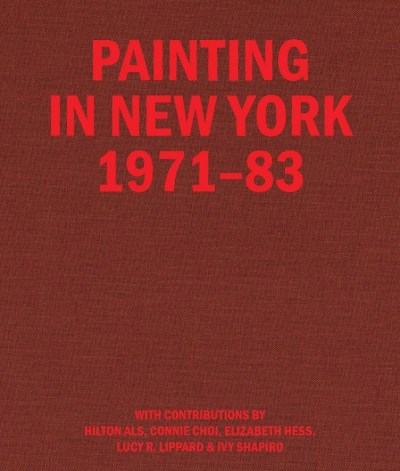

If you purchase an independently reviewed product or service through a link on our website, ARTnews may receive an affiliate commission.
’Tis the season, which means it’s time to start racking your brain for gift ideas. But if your list happens to include artists or art lovers, the choice is a no-brainer: Give them a book on art. Whether it’s an artist bio, a critical anthology, or a sumptuously illustrated catalog, it’s bound to be appreciated (unless you’ve seriously misjudged the recipient’s preferences in art—in which case, it’s the thought that counts). And you don’t have to limit yourself to art cognoscenti. There are plenty of art books that anyone can enjoy, and even if it’s never cracked open, there’s always a place for it on the coffee table as a signifier of your friend’s good taste (and of course your own). Needless to say, they are thousands of titles out there. To help you make the right choice, we offer our recommendations for the best new art books for giving. (Prices and availability current at time of publication.
-
Hilton Als, Connie Choi, Elizabeth Hess, et al, Painting in New York 1971–83
We will always have painters, like the biblical poor, with us. Yet painting’s death has been pronounced many times. The idea especially took hold in the late 1960s and early ’70s with Conceptualism and its argument that art is idea rather than form. However, a group of women artists at the time disagreed, formulating a genre of painting grounded in second-generation feminism. Painting in New York 1971–83 serves as the catalog for a 2022 exhibition of the same name at Karma Gallery; it casts a light on 30 female painters who shared ideological affinities and a propensity for incorporating elements of sculpture and textile art into their work. Some of the contributors—Elizabeth Murray, Faith Ringgold, Mary Heilmann are well known, while others—Jane Kaplowitz, Dindga McCannon, Cynthia Carlson—are not, but all helped to shape a confrontational aesthetic that challenged the male bias of art history.

Amazon -
Lowery Stokes Sims, Sam Gilliam: The Last Five Years
One of the giants of postwar American art, Sam Gilliam (1933–2022) was a pioneer of the abstract painting genre known as color field, which emerged in the United States in the 1960s. Departing from the psychologized aims of Abstract Expressionism, it focused on the use of pure color, and one of its principal incubators was the Washington Color School, a group of artists based in the nation’s capital that included Gilliam. One of only a handful of Black artists making abstract paintings during that time, Gilliam was known for his radical approach to shaped canvases, which emphasized the three-dimensional qualities of paintings as objects: His pigment-drenched, unstretched canvases hang drape-like from the ceiling. Gilliam’s efforts from the last five years of his life are collected in this in-depth look at his life and work.
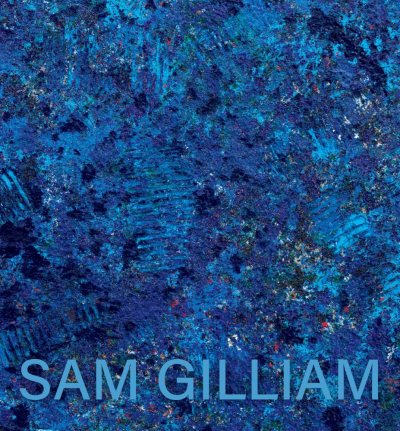
Amazon -
Cathleen Chaffee, ed., Marisol: A Retrospective
It’s a truism of art history that even the biggest names of a particular era can fade into obscurity, and such was the case for the Venezuelan-born Marisol Escobar (1930–2016). Known simply by her first name, she rose to prominence in New York during the heady days of ’60s Pop Art, a movement with which she was associated, though her work departed from it in several ways. Her blocky figurative sculptures appeared on the cover of Time Magazine multiple times, speaking to their mass appeal, and she represented Venezuela in the 1968 Venice Biennale. This richly illustrated catalog accompanied a comprehensive survey of her career organized by the Buffalo AKG Art Museum (formerly the Albright-Knox), which was gifted the preponderance of the works included here upon the artist’s death.
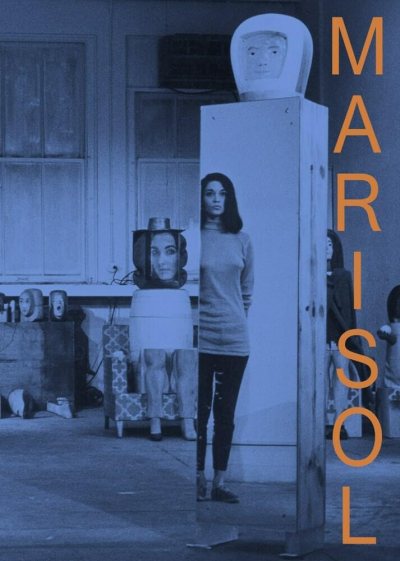
Amazon -
Leigh A. Arnold, ed., Groundswell: Women of Land Art
Given that it involved wresting megalithic-scale artworks out of the landscape itself, ’70s Land Art could be construed as the most macho movement since Abstract Expressionism. Indeed, the genre’s most widely recognized names— Michael Heizer, Robert Smithson, James Turrell—have all been men. But there were also plenty of women practitioners of the form, as revealed by Groundswell: Women of Land Art, the publication accompanying a 2023 survey at the Nasher Sculpture Center in Dallas. Alice Aycock, Nancy Holt, and Ana Mendieta are among the 12 female artists covered in this groundbreaking revision of the Land Art canon.
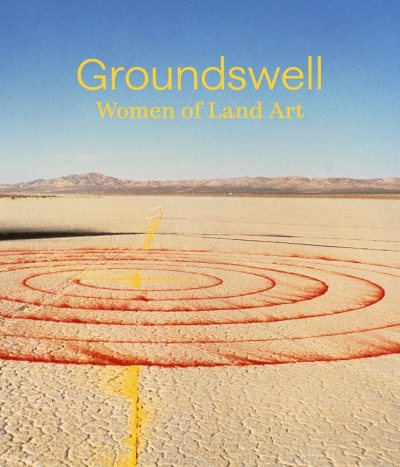
Amazon -
Samantha Friedman, ed., Georgia O’Keeffe: To See Takes Time
One of the most iconic figures in 20th-century American art, Georgia O’Keeffe was the first female artist granted a retrospective by the Museum of Modern Art in 1946. Nearly eight decades later, this catalog for MoMA’s 2023 exhibition of O’Keeffe’s works on paper—in charcoal, watercolor, pastel, and graphite—revisits them as series of repeating takes on specific themes and motifs. Abstractions, landscapes and nudes are among the subjects featured, along with sketches of flowers from the 1930s, portraits from the 1940s, and aerial views from the 1950s.
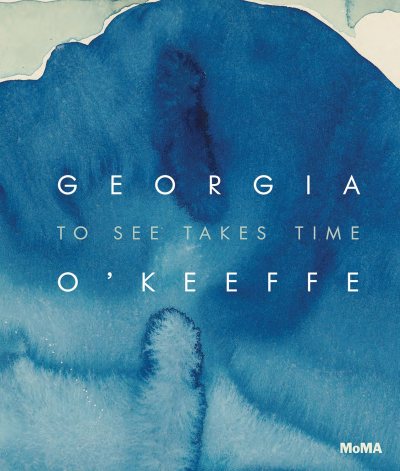
Amazon -
Christophe Cherix, Ana Torok, and Kiko Aebi eds., Ed Ruscha / Now Then: A Retrospective
During the 1960s Los Angeles–based artist Ed Ruscha was instrumental in transforming that city into a viable alternative to the New York art scene, with paintings, photographs, and works on paper that combined text and trompe l’oeil imagery. Throughout his career, L.A.—with its tenuous relationship to reality—has been his muse, evident in his renderings of the 20th Century Fox logo, the Hollywood sign, and the Los Angeles County Museum of Art, as well as in his photographic documentation of the city’s buildings and streets. This volume, published on the occasion of a 2023 retrospective of Ruscha’s work, co-organized by MoMA and LACMA, encapsulates his 60-year art career.
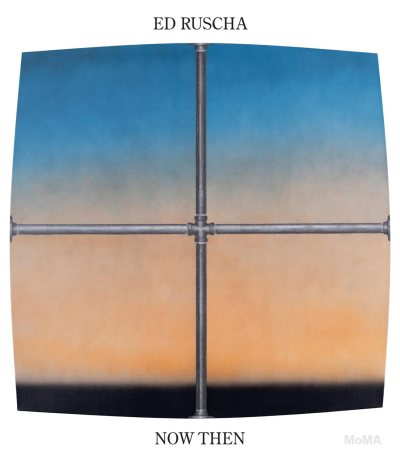
Amazon -
Eva Respini, ed., Simone Leigh
Over the past 20 years, Simone Leigh has become a prominent presence in contemporary sculpture, thanks to her figurative, often monumental artworks that explore the intersection of race, gender, and community. Forms derived from African art and architecture serve as her touchstones, most notably in her 2019–2021 project for New York’s High Line—an imposing, 16-foot-tall bronze bust of a Black woman—and in works for her show at the 2022 Venice Biennale, where she represented the United States and captured the coveted Golden Lion Award. This volume, coinciding with a major 2023–2025 touring retrospective, represents the first monographic look at Leigh’s practice.
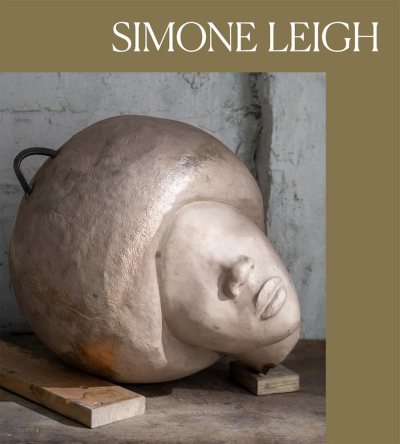
Amazon -
Christoph Becker, Bice Curiger, Katharina Dohm, et al., Niki de Saint Phalle: The Retrospective
Starting out as a teenage fashion model who appeared on the covers of Life magazine and French Vogue, Niki de Saint Phalle became one of the few female members of France’s midcentury Nouveau Réalisme movement. Born to an American mother and a French father, Saint Phalle grew up in New York before eventually settling in Paris. She created such notable works as the waist-down half of giant female figure on her back with her legs spread to reveal a vagina-shaped opening that visitors could enter. She also “painted” by shooting a gun at a canvas behind which pockets of paint were concealed; when struck, they would bleed various colors onto the canvas. Addressing social and political issues, she combined Pop Art with a boundary-pushing form of institutional critique. This catalog for MoMA PS1’s Saint Phalle survey in 2021 reveals her as a tumultuous pioneer of feminist art.
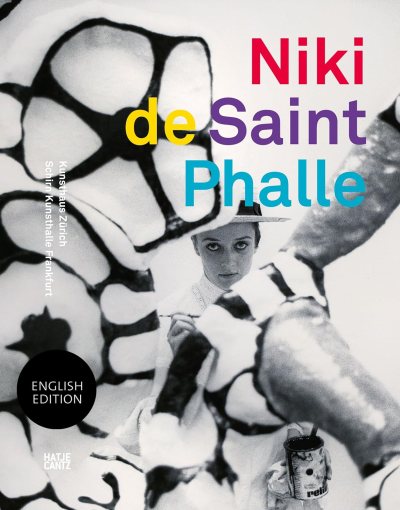
Amazon -
Patti Astor, Kermit Oswald, Kenny Scharf, Sarah Loyer, et al., Keith Haring: Art Is for Everybody
Graffiti artist Keith Haring (1958–1990) crossed over to become a defining figure in New York City’s downtown scene of the 1980s, his frenzied, rapidly dashed-off combinations of hieroglyphics and coloring-book outlines going from the walls of the New York subway system to some of the world’s biggest galleries. Born in Reading, Pennsylvania, and raised in nearby Kutztown, Haring as a teenager got caught up in the Jesus Movement, a hippified branch of evangelism that may have accounted for the ecstatic overtones of his art. His work was forged in the collision between the ’80s Pop Art renaissance and a queer culture shadowed by AIDS, from which he ultimately died. This lavishly illustrated tome recaptures the lightning-in-a-bottle quality of Haring’s art.
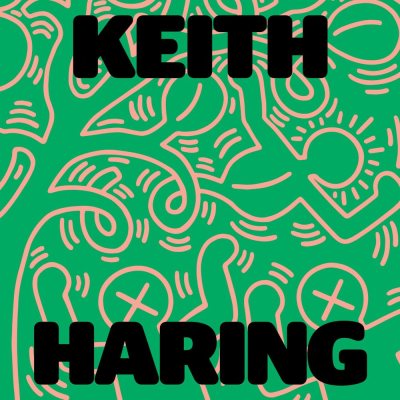
Amazon -
Caitlin Haskell and Tere Arcq, eds., Remedios Varo: Science Fictions
Born in Spain, Remedios Varo (1908–1963) fled the Spanish Civil War for Paris before escaping once again from Nazi-occupied France. She eventually landed in Mexico City in 1942, becoming one of several women artists there—including Frida Kahlo and Leonora Carrington—who shared a late-Surrealist sensibility. But as this catalog for the Chicago Art Institute’s Varo revival makes clear, she eschewed Kahlo’s solipsism and Carrington’s dreamlike scenarios, relying instead on a fantastical mix of imagery related to her interests in alchemy, architecture, magic, mysticism, philosophy, and science fiction (Jules Verne, Aldous Huxley, and Ray Bradbury were among Varo’s favorite authors). Among other aspects of her life and career, this book delves into her unusual techniques, which included scouring her paintings with crystals and inlaying them with mother-of-pearl.
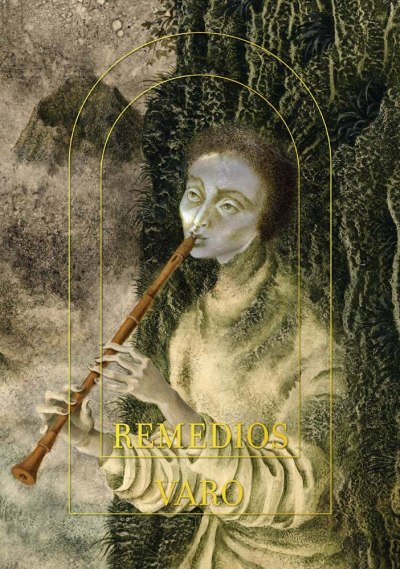
Amazon -
Bennett Simpson, ed. Henry Taylor: B Side
For 30 years, Los Angeles artist Henry Taylor has chronicled African American life—its daily rhythms, communities, culture, historical figures, sports legends, and ever-present pressures of racism and police brutality—through portraits and allegorical tableaux. Accompanying a major survey of his work organized by the Museum of Contemporary Art, Los Angeles, this monographic volume combines reproductions of his paintings and installations with critical meditations on his achievements by poets and fellow artists. Capturing African Americans across the social spectrum, from famous figures like the Obamas and Miles Davis to homeless people and gang members, Taylor has become one of our most astute observers not only of the Black experience in the early 21st century, but also of the status of the American experiment itself and the hopes for equality that remain deferred.
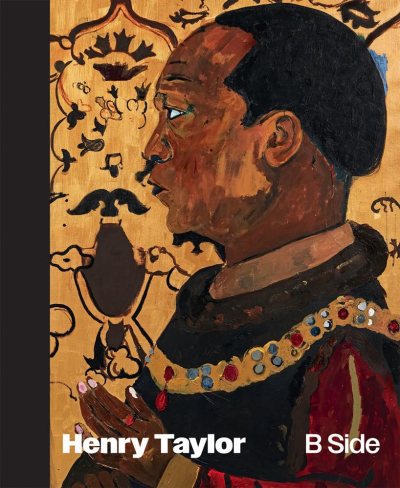
Amazon -
Stephan Wolohojian, Ashley Dunn, Stéphane Guégan, et al., Manet/Degas
Throughout art history, there have been examples of friendships—and rivalries—between artists that have sparked groundbreaking developments in art, and this was especially true of the relationship between Édouard Manet (1832–1883) and Edgar Degas (1834–1917). Both were instrumental to the mid-19th-century upheaval in French art that broke with academic tradition, and both were key to introducing modern life (to quote the poet Charles Baudelaire) as a subject for painting. Each of course, took a different approach, made apparent in the Metropolitan Museum’s exhibition Manet/Degas, which hung examples of their paintings, drawings, and prints side by side. The accompanying catalog follows suit with spreads showing similarly themed compositions by the two artists, along with correspondence between them and firsthand accounts of their dealings from others in their orbit. Essays by American and French scholars flesh out this look at a fascinating and critical juncture in the annals of painting.
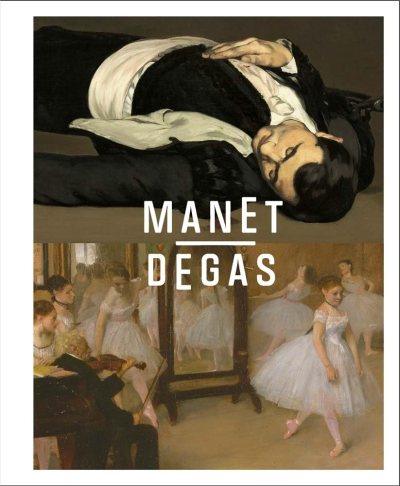
Amazon -
Simonetta Fraquelli and Cindy Kang, eds., Marie Laurencin: Sapphic Paris
Though generally thought of as emerging in the 1980s alongside the AIDS crisis, queer aesthetics have arguably existed throughout art history. They are particularly evident to contemporary eyes in the works of 20th-century artists such as the French painter, Marie Laurencin (1883–1956). During the early 1900s, she was a Cubist who ran in Picasso’s circle. After 1910, though, she developed a figurative style, portraying denizens of Paris’s lesbian demimonde in dreamy, pastel-colored compositions. Though Laurencin’s work was successful in her time, she was largely forgotten until a 2023 Barnes Foundation exhibition revisited her career. Besides acquainting readers with Laurencin’s work, this book—which serves as the exhibition catalog—explores the biographical details of a figure who moved easily among the art, fashion, theatrical, and literary scenes of the period.
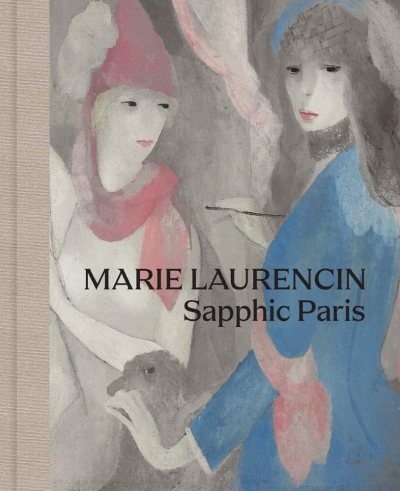
Amazon -
Ali Smith, Jay A. Clarke, Jill Lloyd-Peppiatt, et al., Edvard Munch: Trembling Earth
Nature isn’t likely to be the first word that pops into people’s minds when they think of the paintings of Edvard Munch (1863–1944), but it is a crucial theme in his work, starting with his most famous composition, The Scream (1893). Though generally interpreted as a depiction of existential meltdown, according to Munch it was in fact an image of the “scream of nature,” linking the figure to the turbulent sky and ocean behind it. Indeed, Munch created many landscapes that unpack the Romantic theory of the sublime, which describes nature’s power to evoke awe and terror in the beholder. This catalog for the Clark Art Institute’s 2023 exhibition of his work in the genre posits Munch as a proto-environmentalist whose prints, watercolors, and paintings of forests, farmland, and seashores express man’s fraught—and often destructive—relationship to the natural world.
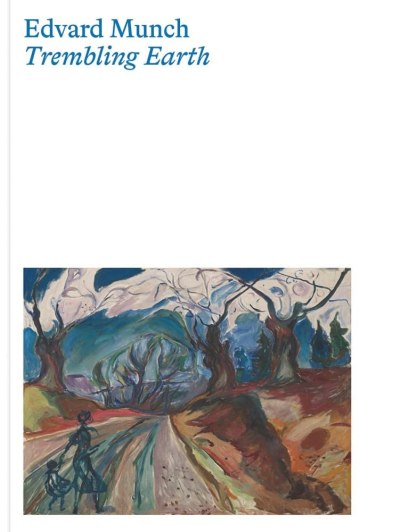
Amazon -
Christine Checinska, ed., Africa Fashion
There’s no question that sub-Saharan Africa has become a major player on the global cultural stage, a role that statistics suggests will only increase in the future. Some 70 percent of Africa’s population is under 30, and the continent is expected to be home to the four largest cities in the world by the 2030s. That’s a lot of creative potential, and it is already being felt in art, music, and especially fashion. This exhibition catalog for a 2023 show at the Brooklyn Museum traces the latter back to a period six decades ago when a large swath of Africa shook off the yoke of British and French colonialism to become a group of independent nations. The tremendous wave of optimism that followed was expressed in clothing that enlivened Western style with African tradition, a development recounted here through texts and archival material, along with a look at the latest designers coming out of the region.
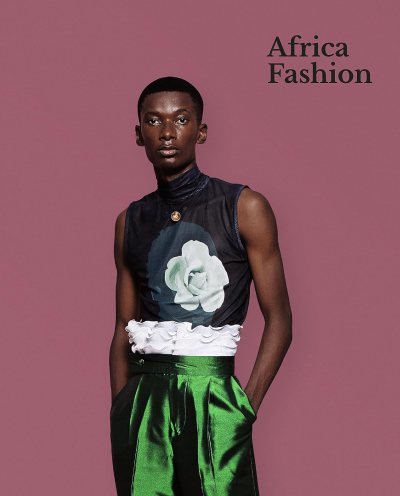
Amazon